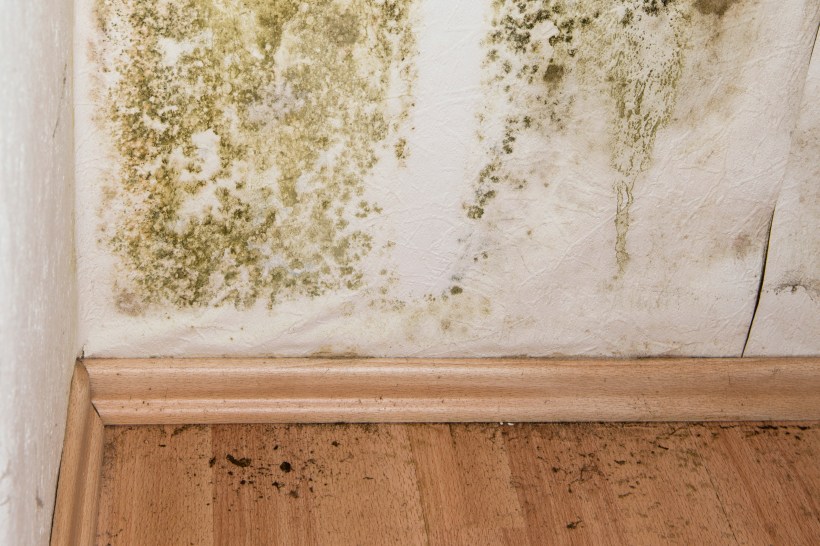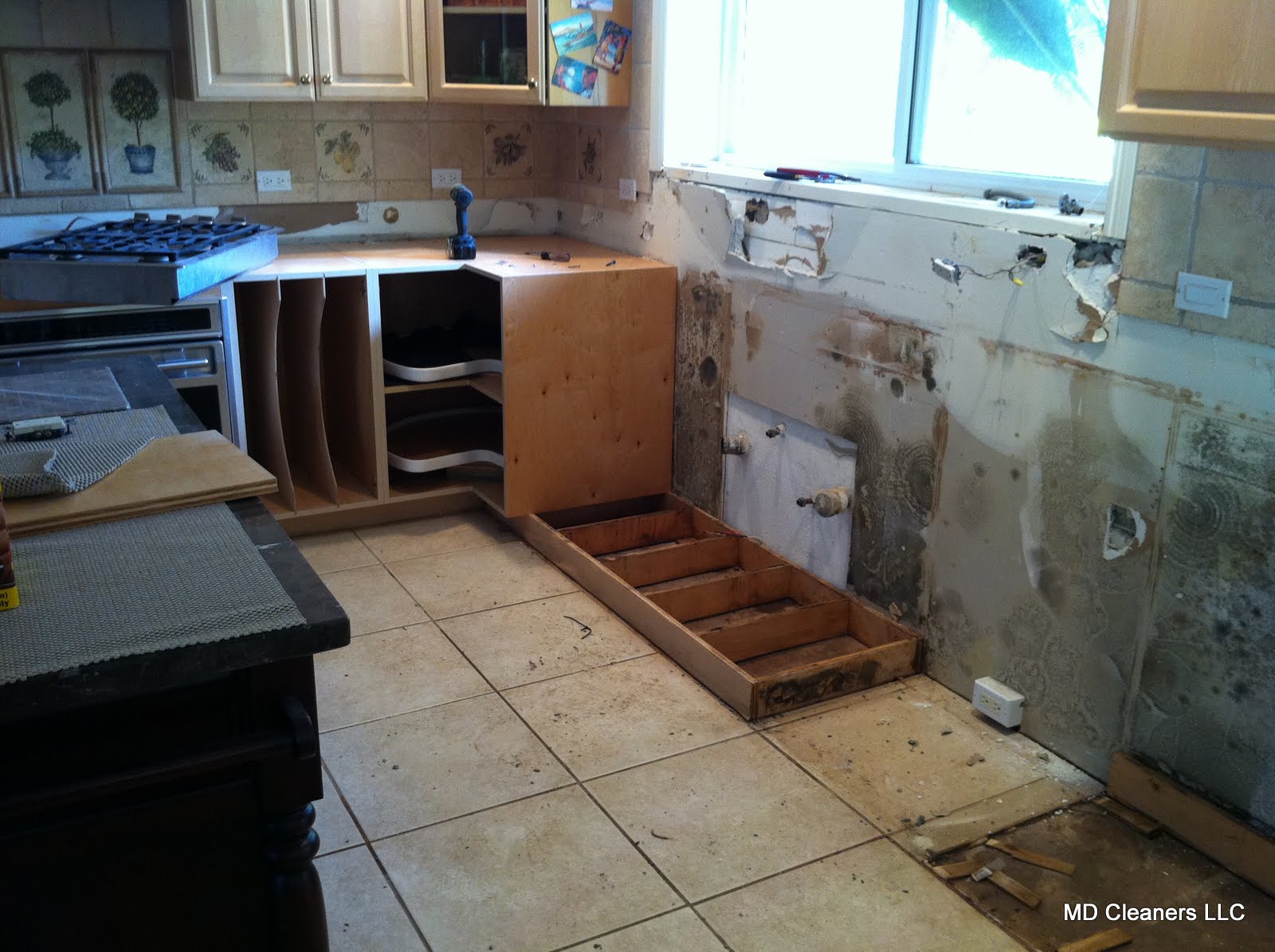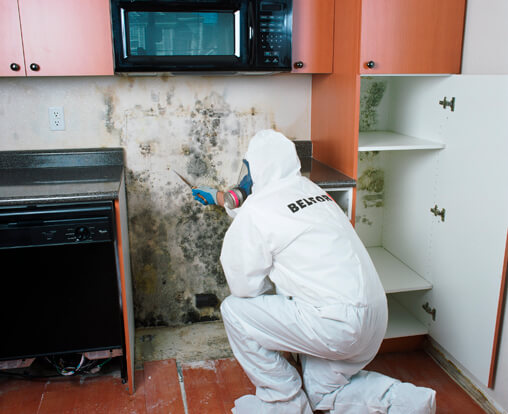Kitchen Mold Removal in Ottawa, No one wants mold in their house, least of all in the kitchen. Mold is disgusting and, depending on what kind it is, it can present a real threat to your family’s health. Unfortunately, kitchens are prone to mold and mildew growth because of the high levels of moisture and humidity that are present in them.

WHAT ARE THE DANGERS OF MOLD IN YOUR KITCHEN?
Hence kitchen mold removal becomes imperative and a matter of priority for your family’s health.
One of the other reasons you should take mold in your kitchen seriously is the possibility of damage to your kitchen structures. Some molds can be invisible, and because of their ability to transport spores through the air, you may not be aware of their presence in your kitchen. They settle and grow on porous surfaces and organic materials found in your kitchen, causing structural damages to fittings, drawers, cupboards, pantry, appliances, closets, walls, and floors.
How to Remove Kitchen Mold
How to Treat Mold With Hydrogen Peroxide
Hydrogen peroxide is an antifungal, antiviral, and anti-bacterial solution found in most medicine cabinets, and it’s an effective mold treatment. You can use it safely on a range of surfaces such as kitchen appliances and counters, bathroom fixtures and tubs, hard flooring, and even certain wall surfaces.
Pour a 3% concentration of hydrogen peroxide into a spray bottle. Test an inconspicuous area of surfaces first to prevent discoloration or damage. Saturate the moldy surface and leave it for 10 minutes. Next, scrub the area with just enough force to remove black mold and mold stains. Once the surface is free of residual mold and stains, wipe dry.
Black Mold Removal Using Vinegar
White vinegar is a mildly acidic product that cleans, deodorizes, and disinfects. It can also kill 82% of mold species, including black mold, on porous and non-porous surfaces. You can use it safely on most surfaces, and its offensive odor goes away quickly.
Pour undiluted white vinegar into a spray bottle. Because white vinegar contains only about 20% acetic acid, adding water makes it less effective. Spray the vinegar onto the moldy surface and leave for an hour. Finally, wipe the area clean with water and allow the surface to dry. Any smell from the vinegar should clear within a few hours.
 Getting Rid of Mold With Baking Soda
Getting Rid of Mold With Baking Soda
From absorbing odors in the fridge to relieving heartburn, baking soda has a multitude of uses around the house — including black mold removal. It’s safe for your family and pets, and it not only kills black mold, but it also absorbs moisture that attracts mold.
Add one-quarter of a tablespoon of baking soda to a spray bottle of water and shake until it has dissolved. Spray the moldy area with the baking soda and water solution, then use a scrub brush to remove mold from the surface. Next, rinse the surface with water to remove any residue and baking soda. Finally, spray the area again and let the surface dry without wiping. This will kill any left-over mold and help prevent the mold from returning.

